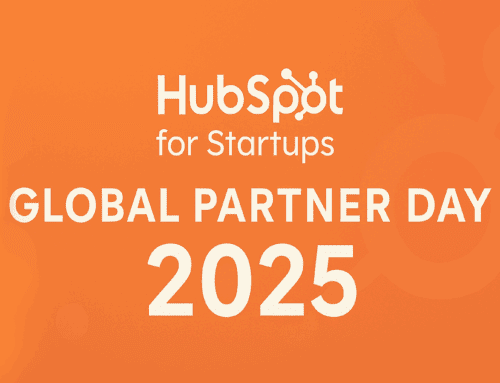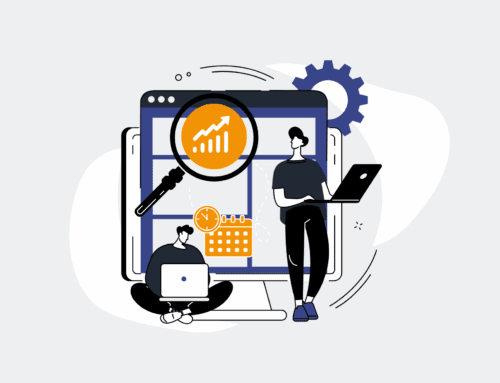Automatically Translate Text Within New Telegram Images Using Google Cloud Vision OCR and Google Translate
Understanding the Power of Automation
In today’s fast-paced digital world, automation has become a crucial tool for enhancing productivity and efficiency. Imagine a world where you no longer have to manually translate text from images; instead, let technology do the heavy lifting. This is where tools like Google Cloud Vision OCR and Google Translate come into play, offering seamless integration and functionality.
Automation is not just about cutting down human effort, it’s about leveraging technology to enhance our capabilities. With these tools, you can transform how you interact with information, making it easier to overcome language barriers. Whether for business or personal use, automating translation can save valuable time and resources, allowing you to focus on more important tasks.
How Does Google Cloud Vision OCR Work?
Google Cloud Vision OCR (Optical Character Recognition) is a powerful service that enables you to detect text within images. By using advanced machine learning models, it can accurately identify and extract text from various image formats. This makes it an ideal choice for processing images shared on platforms like Telegram.
Once the text is extracted, it can be processed further for translation or analysis. The beauty of Google Cloud Vision OCR lies in its ability to handle diverse languages and scripts, making it a versatile tool for global communication. It’s like having a digital eye that sees through images to bring out the text hidden inside.
The Role of Google Translate in Multilingual Communication
Google Translate is another gem in Google’s arsenal of tools. Known for its wide range of supported languages, it plays a crucial role in breaking down language barriers across the globe. When paired with Google Cloud Vision OCR, it becomes a powerful duo capable of translating extracted text swiftly and accurately.
This combination ensures that once the text is detected in an image, it can be translated into any desired language almost instantly. It opens up a world of possibilities for communication, whether you’re interacting with international clients or deciphering foreign documents. Google Translate takes the baton from Vision OCR and completes the relay by converting text into a language you understand.
Setting Up Your Automation Workflow
Creating an automated workflow that combines these tools might sound complex, but it’s simpler than you think. Using platforms like Make.com, you can set up a system that monitors your Telegram account for new images. Once an image is detected, it triggers Google Cloud Vision OCR to process the image and extract text.
After text extraction, the next step in your workflow involves passing this text to Google Translate. Here, you specify the target language, and voilà, the translated text is sent back to your Telegram account. This kind of automation acts as a silent assistant, working tirelessly in the background to enhance your communication.
Integrating with Telegram for Seamless Translations
Telegram, with its robust API, provides a perfect platform for integrating such automation. By setting up a bot or utilizing a webhook, you can automate the process of sending images for translation. This means you don’t have to lift a finger; the system takes care of everything from detection to translation.
Integrating with Telegram not only saves time but also reduces human error. Imagine trying to manually upload, extract, and translate dozens of images daily – it would be a logistical nightmare. Through automation, you create a smooth, efficient pipeline that seamlessly handles translations as images are received.
Benefits of Automating Image Translation
The benefits of automating image translations are multifaceted. First, it significantly streamlines workflows, reducing the time spent on manual processes. Secondly, it allows for greater accuracy and consistency as automated systems follow predefined steps without deviation.
Moreover, automation empowers you to handle larger volumes of translations effortlessly. Whether you’re a business needing to process documents quickly or an individual managing multilingual communications, automation amplifies your capacity to engage with different languages dynamically and efficiently.
Overcoming Challenges in Automated Translations
While automation offers numerous advantages, it’s not without its challenges. One common hurdle is ensuring the accuracy of translations, especially when dealing with nuanced languages or complex texts. Thankfully, continuous updates and improvements in machine learning models are helping to bridge these gaps.
Another challenge is setting up the initial workflow, which might require some technical know-how. However, with comprehensive tutorials and support available online, most users can overcome these initial setup challenges. The key is to understand your specific needs and tailor the workflow accordingly.
Future Prospects of Translation Technologies
The future of translation technologies looks promising, thanks to ongoing advancements in artificial intelligence and machine learning. As these technologies evolve, we can expect even more accurate and faster translations, further easing global communication.
Innovations like neural networks and deep learning are already pushing the boundaries of what’s possible. In the coming years, we could witness breakthroughs that make language barriers almost obsolete. Staying updated with these technologies will be crucial for businesses and individuals alike as they navigate the ever-globalizing world.
Conclusion
In conclusion, automating text translation from images using tools like Google Cloud Vision OCR and Google Translate is a game-changer. It simplifies the process, improves efficiency, and expands our ability to communicate across languages. Embracing this technology can profoundly impact how we interact with the world, making it more accessible and interconnected.
FAQs
How do I start using Google Cloud Vision OCR?
To begin using Google Cloud Vision OCR, you’ll need to create a Google Cloud account and enable the Vision API. Then, you can integrate the API into your applications to start detecting text in images.
What platforms can I integrate this automation with?
You can integrate this automation with any platform that supports APIs. Popular integrations include Telegram, Slack, and custom web applications.
Is there a cost associated with using these Google services?
Yes, both Google Cloud Vision OCR and Google Translate have usage-based pricing after certain free tier limits. It’s best to review their pricing pages for detailed information relevant to your usage needs.
Can I customize the language output in Google Translate?
Absolutely! Google Translate allows you to specify the target language for translation, so you can tailor the output to meet your specific communication needs.
Are there privacy concerns when using these services?
Privacy is always a concern with cloud services. Ensure you comply with any applicable privacy laws and review Google’s terms and conditions regarding data handling and storage.









